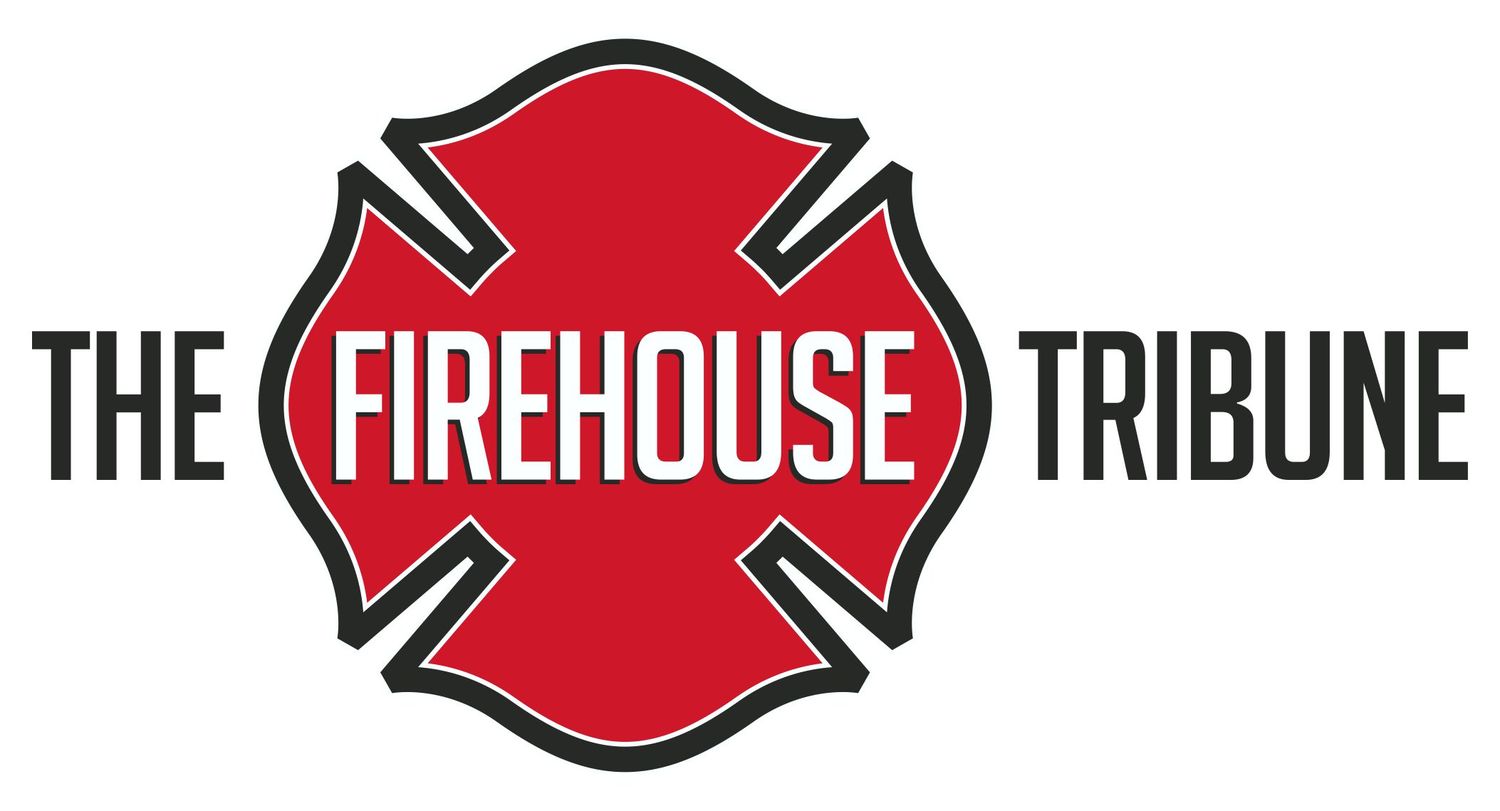BLEVE Hazards and Mitigation: Understanding Boiling Liquid Expanding Vapor Explosions Part 1 – The Hazards
Introduction to BLEVE
A Boiling Liquid Expanding Vapor Explosion (BLEVE) is one of the most catastrophic and dangerous events firefighters can encounter. The threat presents itself when responding to incidents involving pressurized containers of flammable or non-flammable liquids. BLEVEs can result in devastating blast effects, intense thermal radiation, and the violent scattering of container fragments. Understanding the hazards that BLEVEs present and how to mitigate them is essential for the safety of firefighters and the public.
What is a BLEVE?
A BLEVE occurs when a vessel containing liquid at a temperature above its boiling point at atmospheric pressure ruptures. Upon sudden loss of containment, the superheated liquid rapidly vaporizes, expanding with explosive force. This phenomenon is most commonly associated with liquefied gases under pressure.
Hazards Associated with BLEVE
BLEVEs pose multiple, simultaneous dangers to firefighters and the surrounding community. The explosion generates a powerful shockwave, capable of causing structural damage, shattering windows, and knocking down personnel at significant distances. If the liquid is flammable (e.g., LPG), the rapidly expanding vapor can ignite, creating a massive fireball. The thermal radiation from this fireball can cause severe burns, ignite secondary fires, and damage equipment. Fragments from the ruptured vessel can be thrown extreme distances at high speeds. These projectiles can cause fatal injuries or destroy property well beyond the immediate site. For vessels containing toxic chemicals (like chlorine or ammonia), a BLEVE can release hazardous clouds, exposing firefighters and civilians to acute health risks.
BLEVE Hazard Zones
Determining safe distances is critical. The hazard zone for a BLEVE is not limited to the immediate area around the vessel. Projectiles and thermal effects can reach thousands of feet. Factors influencing hazard zones include size and type of vessel, substance involved (flammable, toxic, or inert), pressure and temperature of the contents, and surrounding environment (urban, industrial, rural).
Warning Signs and Precursor Events
If firefighters are responding to an incident involving a pressurized container, several indicators may suggest an increased risk of a Boiling Liquid Expanding Vapor Explosion (BLEVE). Firefighters should be aware of, consider, and monitor the following conditions:
· The vessel is exposed to direct flame impingement, particularly near the liquid/vapor interface.
· There is visible deformation of the vessel, such as bulging or ballooning.
· Pressure relief valves are activated, stopped activating, or have failed.
· There are sounds of rapidly increasing pressure, such as hissing or popping noises.
· There is a noticeable change in the color or intensity of the flame near the vessel.
· Leaking valves or fittings are producing vapor clouds.
Being vigilant about these indicators can help prevent a potential BLEVE.
This sums up what a BLEVE is and the associated hazards. In the next blog post on this topic, we will explore ways for firefighters to mitigate the hazards discussed here.
Be Smart- Stay Safe!


